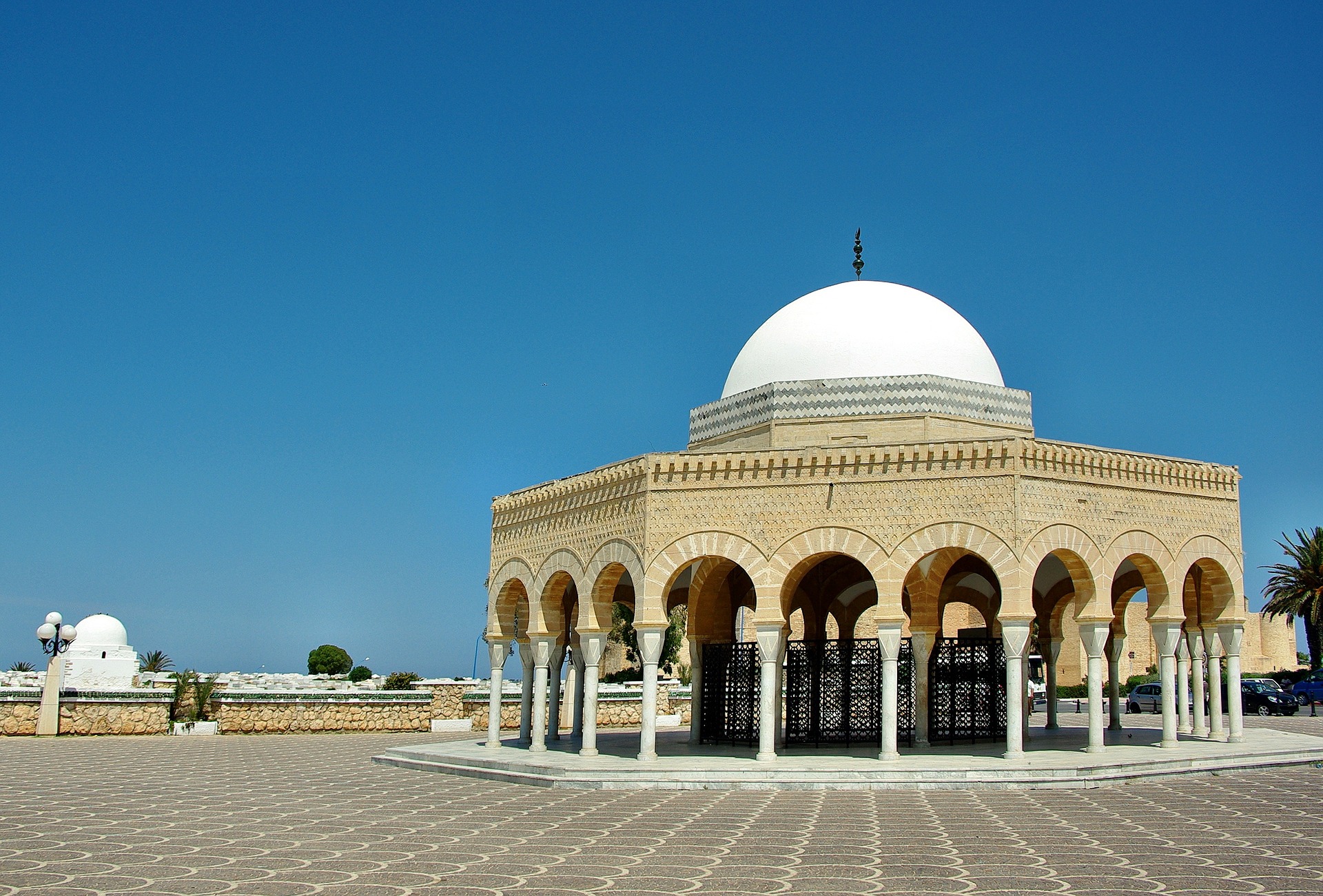Monthly and Seasonal Forecasts
Genesis of the project
Tunisia's participation in the ELMASIFA project inherent in the European AVICENNE research program was the first national activity related to seasonal precipitation forecasts. This Project, executed during the period from July 1994 to December 1997, brought together the three Maghreb countries (Algeria, Morocco and Tunisia) as well as France, represented by their national meteorological institutions. It allowed the NIM to establish the first bases of the seasonal forecast of precipitation in Tunisia. It was necessary to build on and enhance the achievements of this project.In addition, the climatic hazards experienced by Tunisia have highlighted the importance of a forecast, even a qualitative one, of the rainfall trend on a seasonal scale.
Taking these considerations into account, the NIM initiated a Project to develop the monthly and seasonal precipitation forecast in Tunisia in collaboration with the CNRM Météo-France.
Goal
The expected objective of this project is to develop and improve the reliability of seasonal precipitation forecasts for Tunisia, with a view to exploiting them by economic sectors sensitive to the climate, such as Agriculture and water resources. Seasonal forecasting is a decision support tool allowing to plan and better managing of water resources.
Partners
On a national level :
- The Ministry of Agriculture and Water Resources as a user.
At an international level :
- The National Center for Meteorological Research (CNRM) of Météo-France,
Project duration The project started in 2002 and developments continue whenever there is a need to modify the version of the models used or the coupler files.
Expected results
This involves developing an operational seasonal forecasting system in Tunisia which makes it possible to provide monthly forecasts with a 3-month deadline for the character of precipitation, starting from a coding of results in the "dry", "normal" or "wet"
Actions in process
- The exploitation of version 5 of the Arpeg-Climate Model coupled with the Oceanographic Model ‘NEMO’, for the development of a seasonal forecast bulletin for Tunisia.









